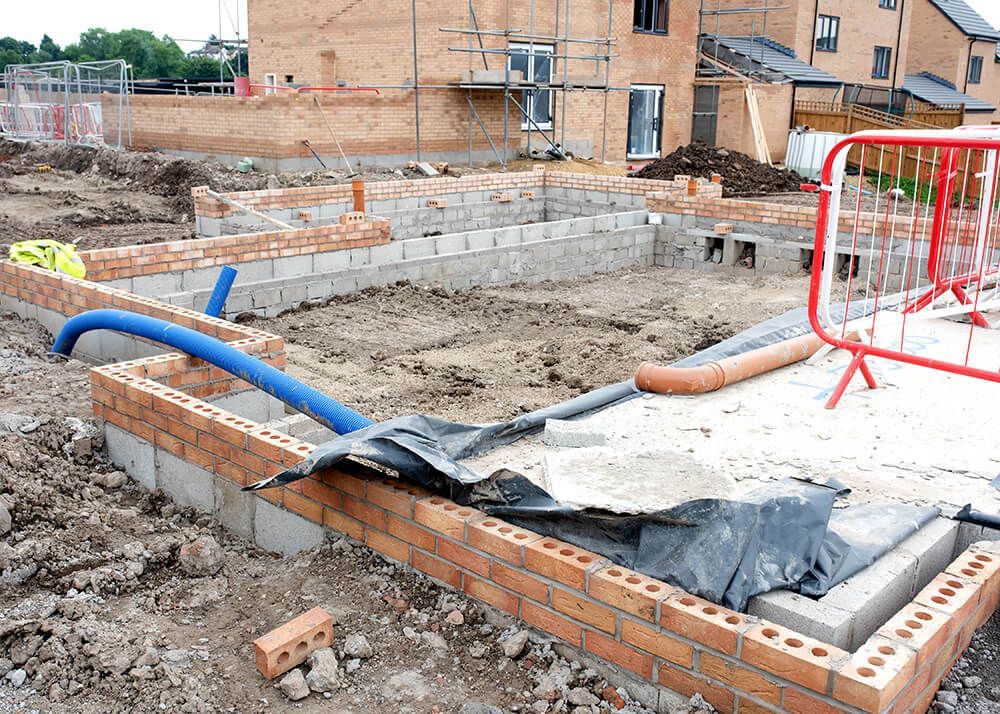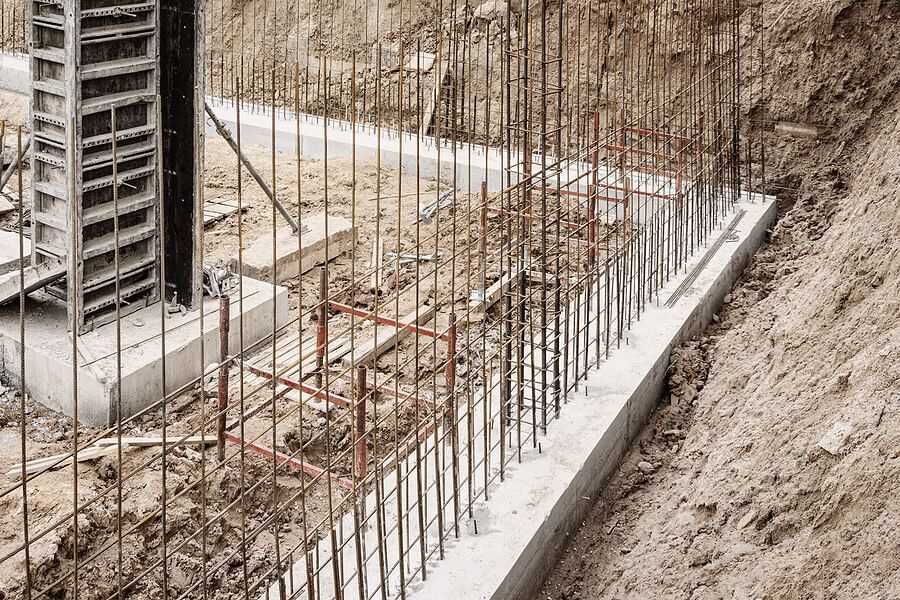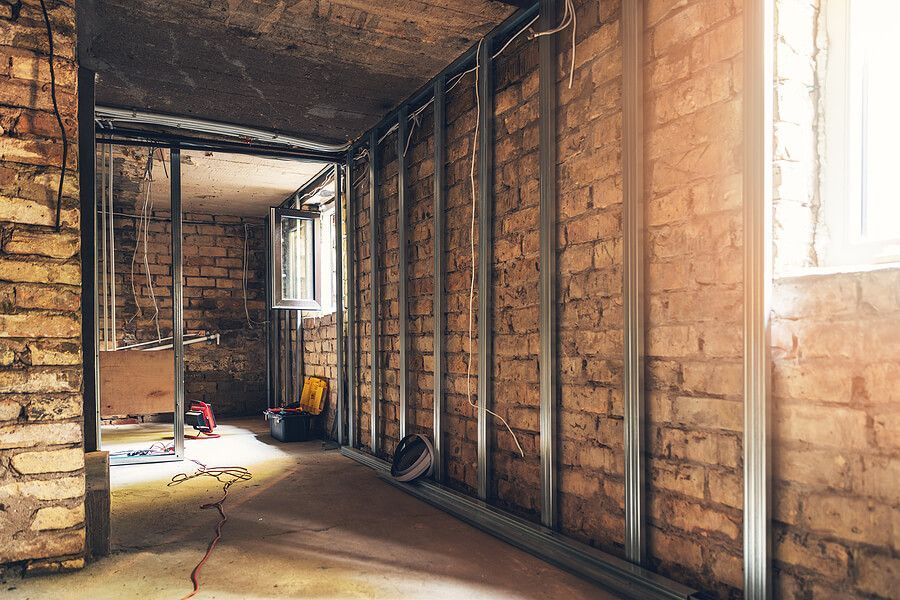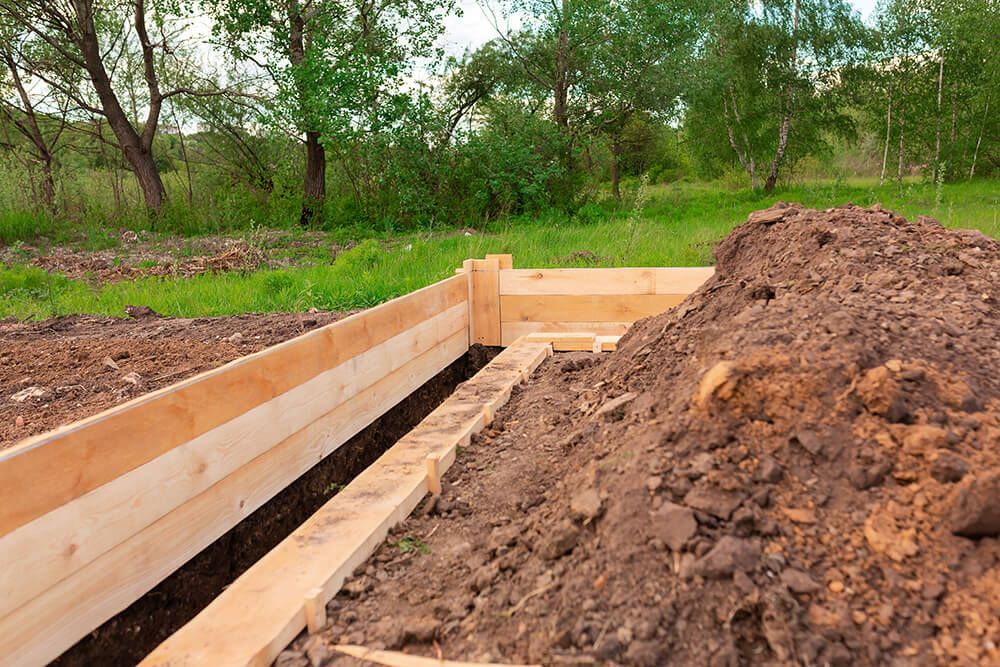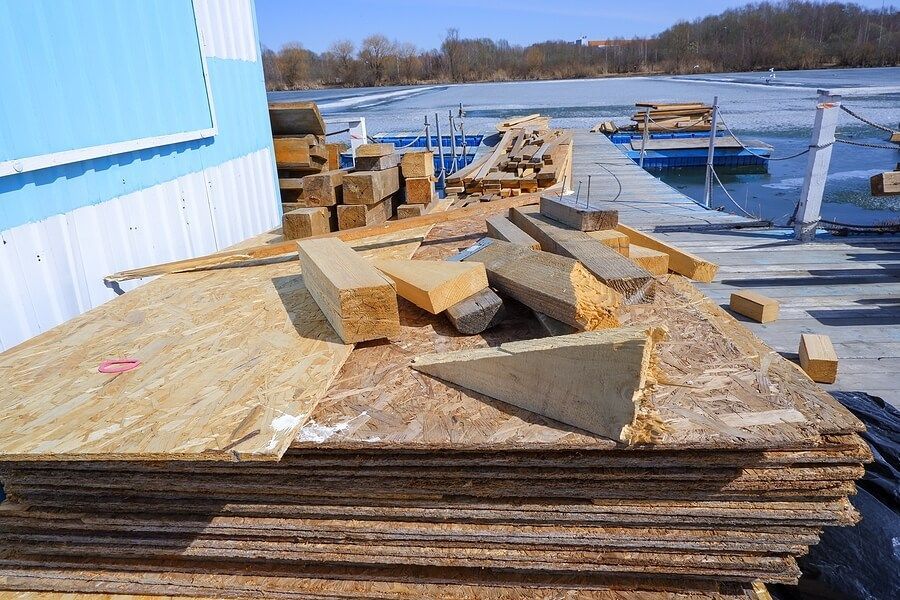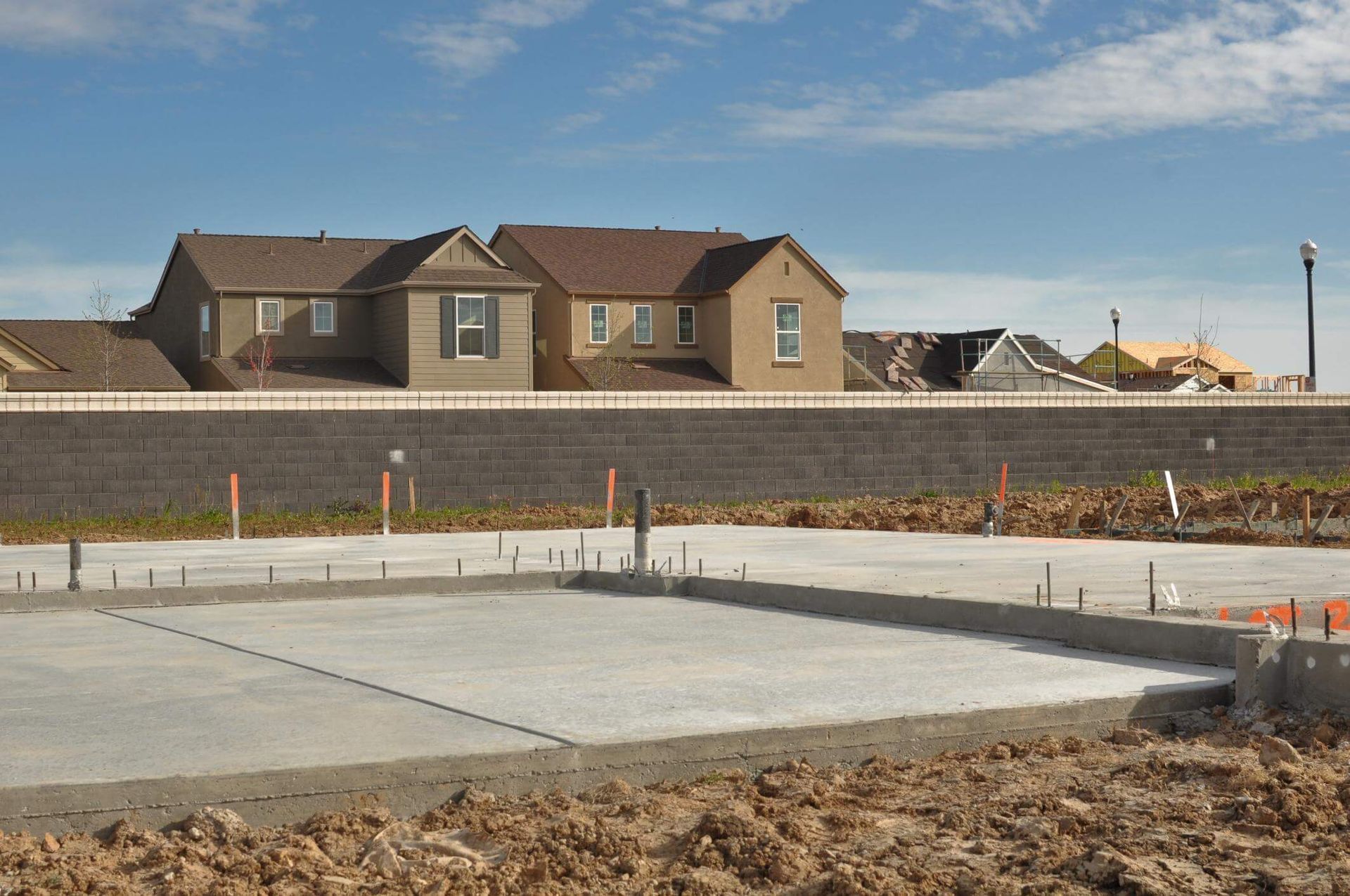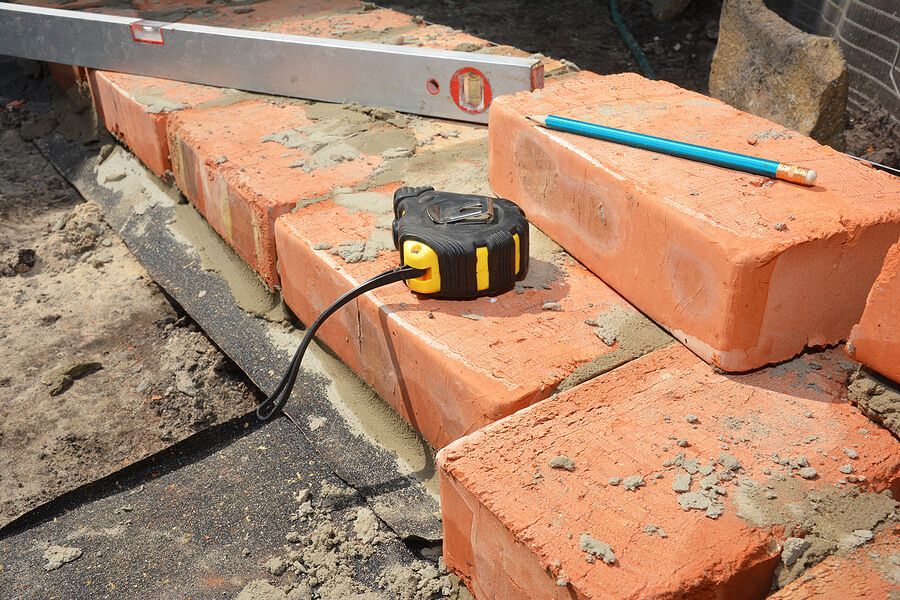Home Waterproofing Projects: A Step-by-Step Guide
Mastering DIY Waterproofing: Essential Tips and Techniques for Effective Home Foundation and Drainage Solutions
Water damage in homes can be a nightmare, leading to costly repairs and structural issues. This guide, brought to you by Boston Foundation Repair Pros, will walk you through the steps of DIY waterproofing, helping you protect your home effectively. We'll cover common mistakes to avoid and provide insights into working with waterproofing and foundation professionals.
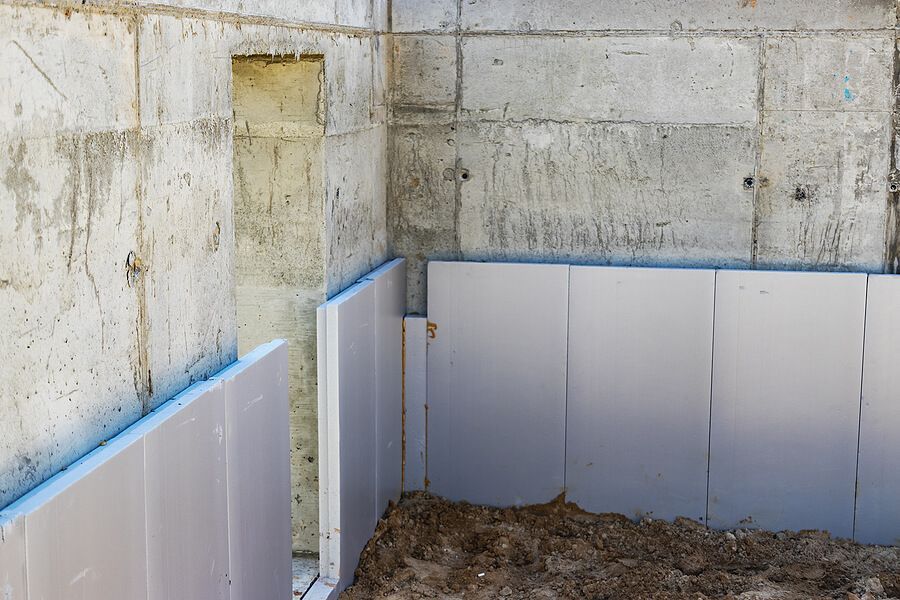
Understanding the Basics of Waterproofing
- Waterproofing Foundation: The first step is to understand the importance of a waterproof foundation. Waterproofing your foundation prevents water damage, which can lead to significant structural issues over time. It involves applying a waterproofing barrier around the foundation to block moisture.
- Waterproofing Services: While DIY projects are feasible, sometimes it's best to consult a waterproofing contractor. A professional waterproofing company, like Boston Foundation Repair Pros, has the expertise to handle complex issues that might be beyond the scope of DIY efforts.
Step 1: Assessing Your Home's Needs
- Home Foundation Repair: Start by inspecting your foundation for any signs of damage or weakness. Look for cracks, moisture, or mold. Home foundation repair might be necessary before waterproofing if significant damage is found.
- Foundation Drainage: Ensure your home has effective foundation drainage. This involves checking gutters, downspouts, and drainage systems around your house to ensure they are directing water away from your foundation.
Step 2: Choosing the Right Materials and Tools
- Waterproofing Barrier: Select a high-quality waterproofing barrier. This could be a liquid membrane, sheet membrane, or a cementitious coating, depending on your specific needs and foundation type.
- Drainage Systems: If you're also improving your drainage system, consider installing French drains or sump pumps, especially if your home is in an area with high water tables or heavy rainfall.
Step 3: The Application Process
- Water Proofing Foundation: Clean the foundation surface thoroughly before applying the waterproofing product. Follow the manufacturer's instructions closely. Apply the waterproofing material evenly, ensuring full coverage.
- Foundation and Waterproofing: Remember, effective waterproofing is not just about the product but also about the application process. Make sure to cover all potential entry points of water.
Step 4: Regular Maintenance and Checks
- Water Drainage: Regularly inspect and maintain your water drainage systems. This includes cleaning gutters and checking for any blockages or damages that might impede water flow.
- Foundation and Drainage: Periodically inspect your foundation and the surrounding drainage. Look for any signs of failure in the waterproofing system, such as leaks or dampness.
Common Mistakes to Avoid
- Underestimating the Problem: Don’t underestimate the severity of water damage. Even minor leaks can lead to major problems.
- Ignoring Professional Advice: Sometimes, consulting a foundation contractor or a waterproofing contractor is necessary, especially for complex issues.
- Poor Quality Materials: Using substandard materials for waterproofing can lead to failures. Invest in quality products for lasting protection.
- Inadequate Surface Preparation: Failing to properly prepare the surface before applying waterproofing materials can lead to poor adhesion and ineffective waterproofing.
- Neglecting Regular Maintenance: Regular checks and maintenance are crucial for long-term effectiveness.
Enhancing Your Home's Protection Against Water Damage
Waterproofing your home is not a one-time task but an ongoing commitment to maintaining a safe and dry environment. Let's dive deeper into the process and explore additional tips and techniques to ensure comprehensive protection against water damage.
Step 5: Integrating Advanced Waterproofing Techniques
- Advanced Drainage Solutions: Consider implementing advanced drainage systems like interior weep tile systems or exterior footing drains. These systems provide an additional layer of protection, especially in areas prone to heavy rainfall or high groundwater levels.
- Insulating Basement Walls: Insulation is not just for warmth; it also plays a crucial role in moisture control. Insulating your basement walls can help prevent condensation, a common source of moisture that can lead to water damage.
Step 6: Landscaping for Better Water Management
- Slope and Grading: Ensure the land around your home slopes away from the foundation. This natural drainage helps keep water from pooling around your house, which can seep into the foundation.
- Planting Strategically: Use landscaping to your advantage. Plants with deep roots can help absorb excess water in the soil, reducing the burden on your foundation and drainage systems.
Step 7: Monitoring and Upkeep
- Regular Inspections: Schedule periodic inspections of your waterproofing systems. Look for any signs of wear and tear or blockages that might compromise the system's effectiveness.
- Prompt Repairs: Address any issues immediately. Delaying repairs can lead to more extensive damage and costly repairs down the line.
Step 8: When to Call the Experts
- Recognizing Limits: Know when a project is beyond your DIY capabilities. Structural issues, extensive water damage, and complex waterproofing systems often require the expertise of a professional waterproofing company.
- Contractor Boston: For residents in the Boston area, engaging a local foundation contractor or waterproofing service like Boston Foundation Repair Pros ensures that you get expertise tailored to local climate and soil conditions.
Common DIY Waterproofing Myths Debunked
- "Waterproof Paint is Enough": While waterproof paint can help, it's not a solution for serious water issues. It’s often just a temporary fix.
- "All Cracks are the Same": Not all foundation cracks indicate the same problem. Understanding the type of crack is crucial for effective repair.
- "DIY is Always Cheaper": Sometimes, DIY solutions can end up costing more in the long run if not done correctly. Weigh the cost of materials and your time against professional services.
Conclusion
DIY waterproofing, when done correctly, can significantly protect your home from water damage. By understanding the process, using the right materials, and knowing when to call professionals like Boston Foundation Repair Pros, you can maintain a dry and secure home. Regular maintenance, advanced techniques, and a proactive approach are key to effective home waterproofing. Remember, your home is an investment, and protecting it from water damage is crucial for its longevity and your peace of mind.

